Bread, for example was the reason for the first monoculture – wheat – and eventually led to agricultural practices that resulted in clearing large swathes of land. Bread formed the foundation of ancient religions, like the Eleusians who incorporated the sacred food into secret ceremonies that worshipped the goddess Demeter. Christ referred to himself as “the bread of life”, while in some cultures, the word “bread” actually translates to “life”.
| While no one knows for sure exactly where or how bread was “discovered”, current archaeological evidence suggests that wild grains were first harvested and eaten somewhere in the area known historically as the “fertile crescent”. This part of the world includes modern day Middle Eastern countries like Egypt, Lebanon, Syria, and Turkey among others. The Nile and Euphrates rivers fed and enriched the adjacent soils in such a way that a wide variety of plants flourished, including grass plants that produced grains. These grains were ground or pounded and eaten as porridge or cooked as flat cakes on hot stones near the fire. |
In some cultures, the word "bread" actually translates to "life".
| The process of baking both leavened and unleavened bread from ground up grass seed spread throughout the Mediterranean into Europe and Asia and then travelled the world with explorers, traders and colonists. Leavened, or yeasted, bread became the main, if not only, food source in many cultures throughout history because the fermentation process allowed our bodies to better digest the nutrients found in grass seed. |
Aish BaladiLet's begin our journey with a recipe from the part of the world where it is commonly believed that fermented, leavened bread originated. Aish Baladi, one of the most commonly baked breads of Egypt. "Baladi" means traditional or country and while the standard word for bread in Arabic countries is “khubz” (or a variation thereof) "Aish" means life. In Egypt, bread is life. That resonates with me. Click here for the recipe. |
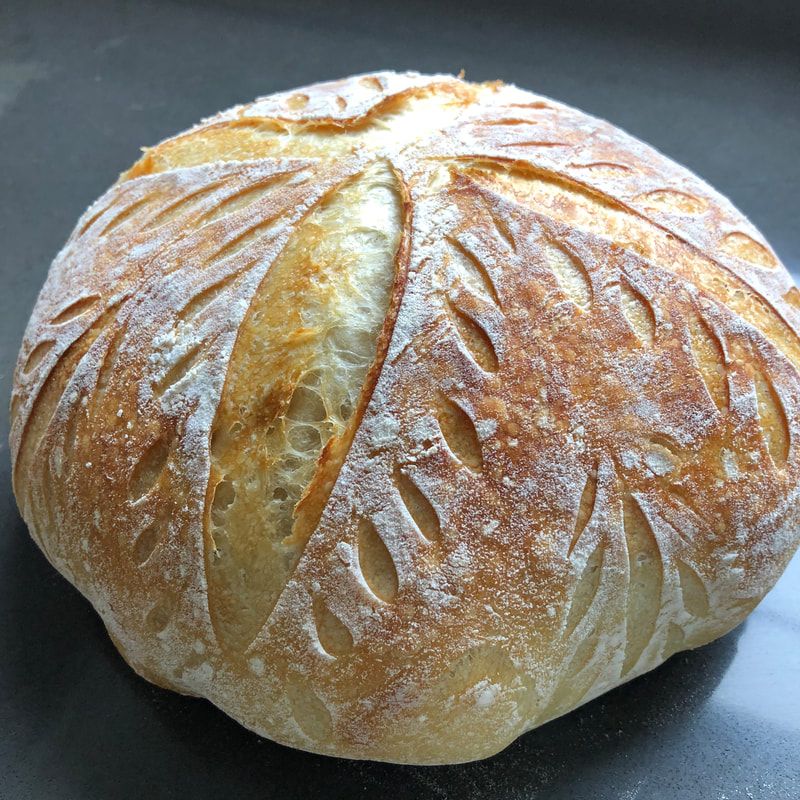
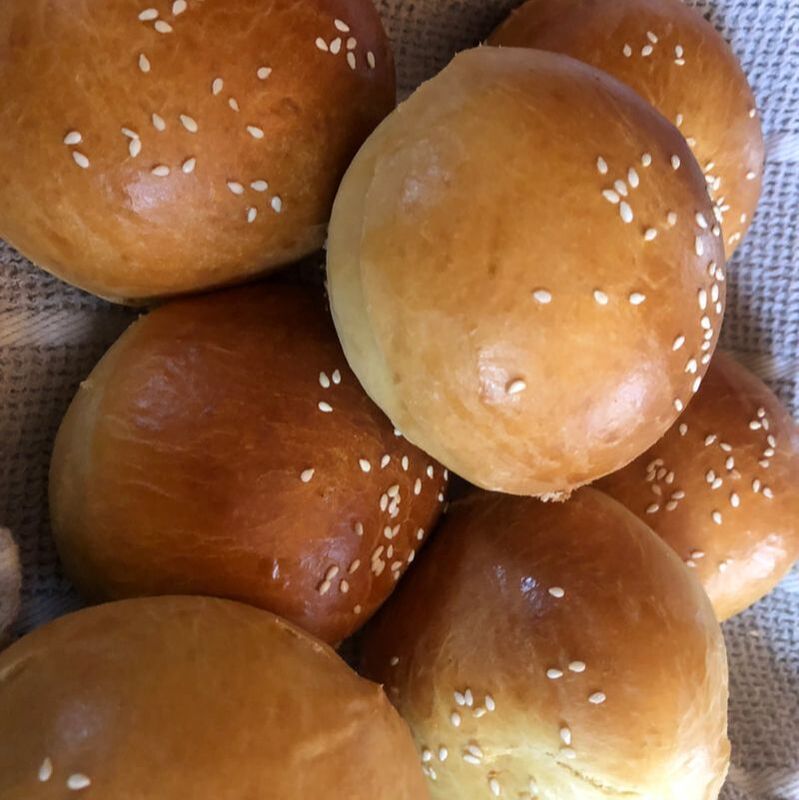
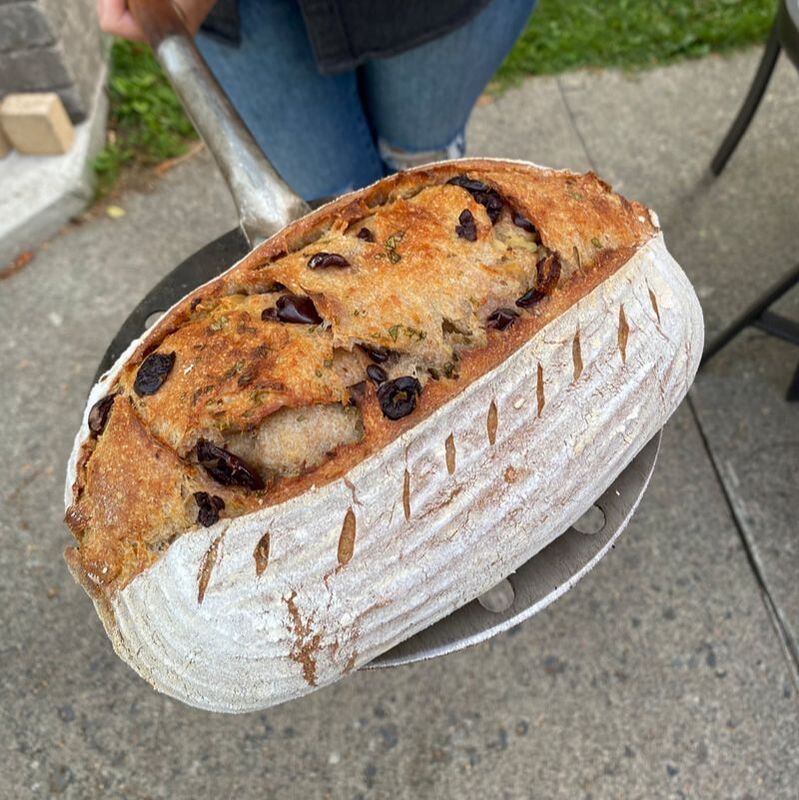
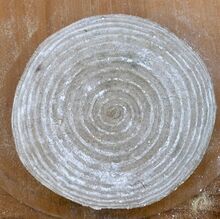
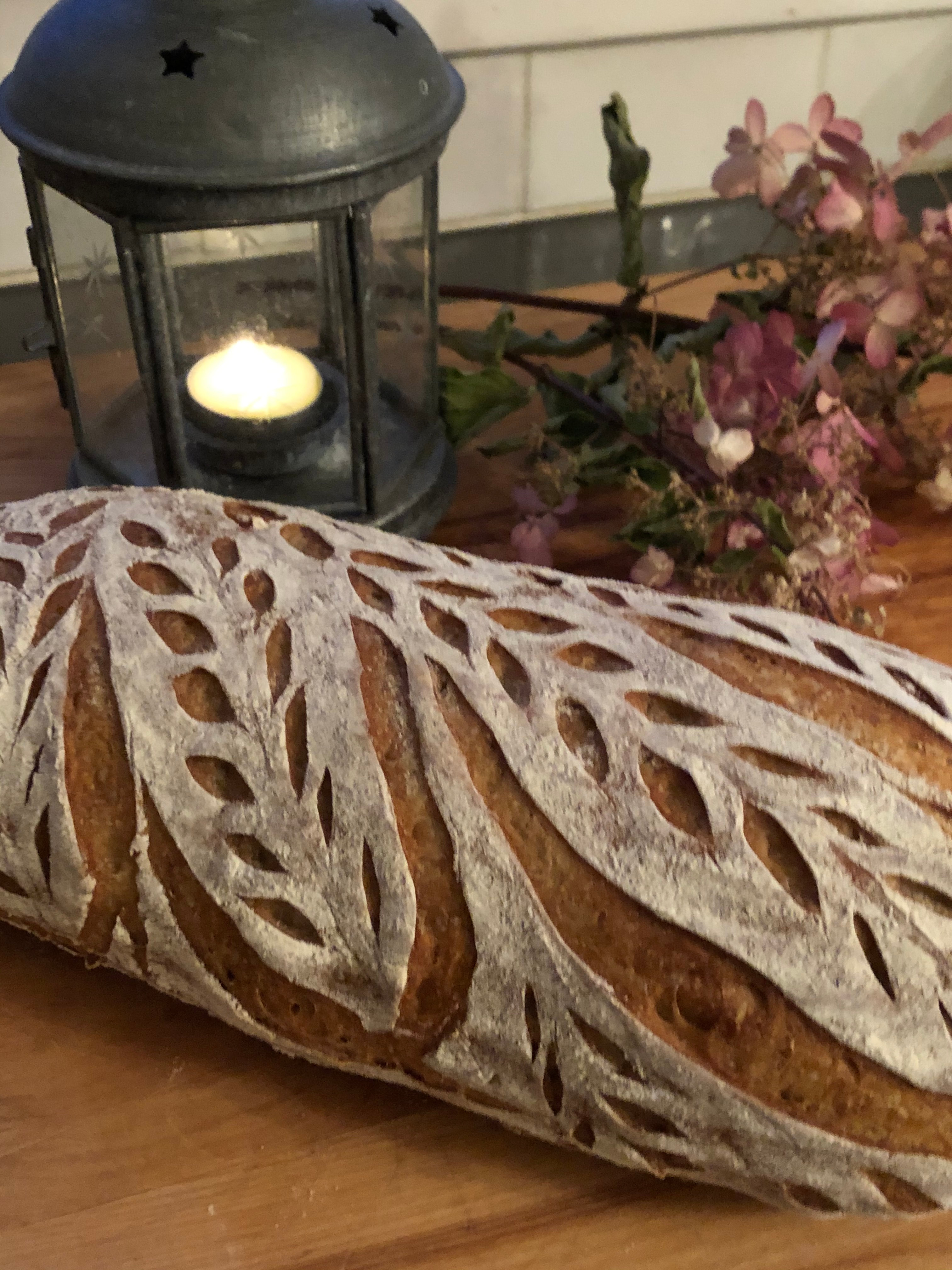
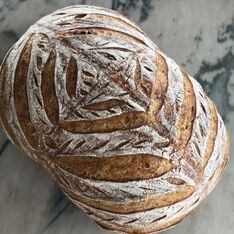
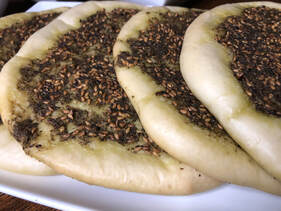
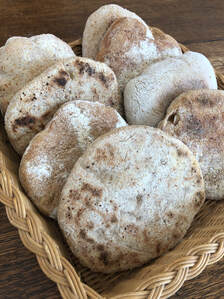
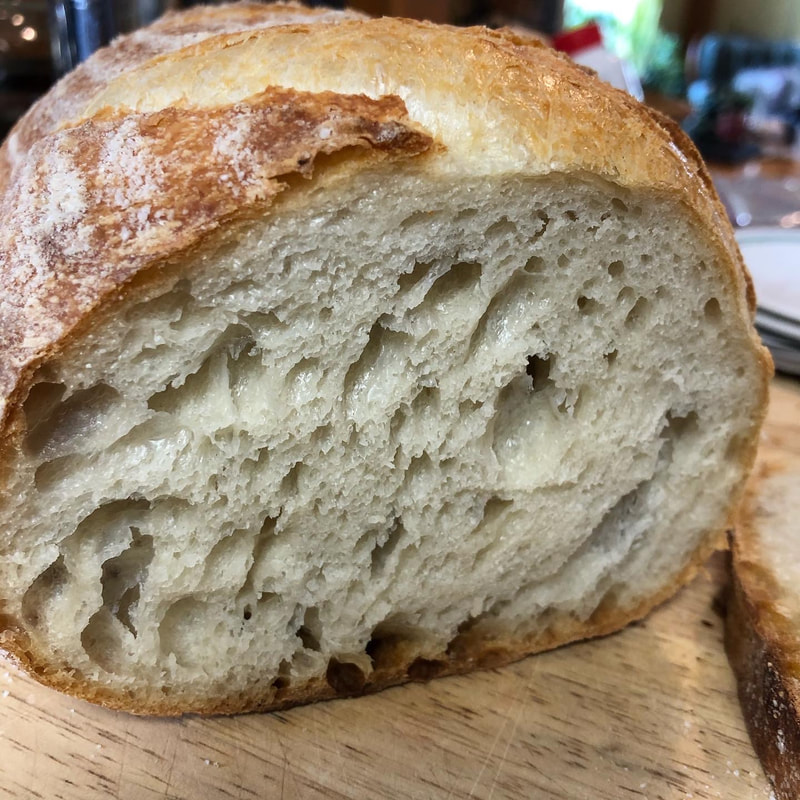

 RSS Feed
RSS Feed